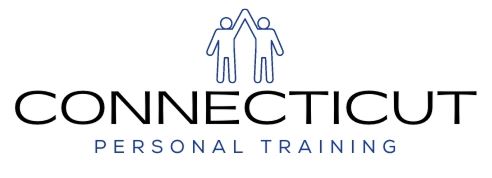Every client who walks into our personal training center has a different background, whether it be in their exercise patterns, health or medical history. Meeting with someone for the first time, we want to build a rapport with them and allow them to have a fantastic, productive workout. There is much more to the story, however, when we are talking about a personal training client’s movement patterns. Often, a client’s movement patterns and shortcomings will be a determining factor before we hurl a high-level workout at the client. This isn’t to say that he or she will not be getting a workout in, or that they will not be challenged, but we need to ensure that their basic body movements are there, and that there is no movement compensation, in order to prevent the client from obtaining an injury. We also want the client to get the most out of each exercise.
This is why the first thing that we do with our new personal training clients is to start them off with a Functional Movement Screening consisting of seven exercises; during this screening, we look at total body movement from the individual’s toes up to their head. While a certified personal trainer is watching the client perform each exercise, that personal trainer is looking for dysfunctional movement patterns or inconsistencies at each checkpoint: the feet, the knees, the hips, the trunk and the shoulders. Within these checkpoints, we will learn more about the client’s muscle tightness, imbalances, weaknesses and strengths, so we can then build off of those aspects to write a beneficial program tailored to the specific individual.
An important question we ask the client while he/she is performing the screening exercises is, “Are you experiencing any pain?” Pain can indicate a number of things. But if the client is having sharp pain doing unloaded (no weights) exercises, we do not want to add any weight into the exercise, because typically, the client will not be able to perform it, if they are unable to perform the exercise with bodyweight only. Therefore, if a client complains of pain while performing a basic squat or lunge, it is time for us to dig deeper to find out what dysfunctional movement is the cause of the pain, or if there is an underlying injury.
Our Functional Movement Screening allows the personal trainer to have a blueprint of what is going on with the client only 15 minutes after meeting him or her for the first time. Having the client go through these functional exercises allows the trainer to personalize the workout, and will even make the client feel better before they walk out the door, once the personal trainer has given him/her the appropriate set of corrective exercises tailored to that individual’s needs.
As an example, someone who has tight calves will compensate for that tightness by lifting their heels off the ground while squatting, and may not be able to go into a full-depth squat. We can correct this through stretching the calf muscle, as well as adding a band behind their knees, and forcing them to fight the resistance that is pulling them forward while performing the squat. These corrective exercises are not magic bullets that will work overnight, but by performing them at the beginning of each workout, the client will notice an eventual change that will allow them to keep their heels down. Over time, the client will notice less tightness in their calves.
By taking the time to perform this 15-minute assessment, it really makes a difference in our training programs, and it allows us to truly personalize each training session with each of our clients, allowing them to see results as quickly as possible, while making strides towards their goals.



